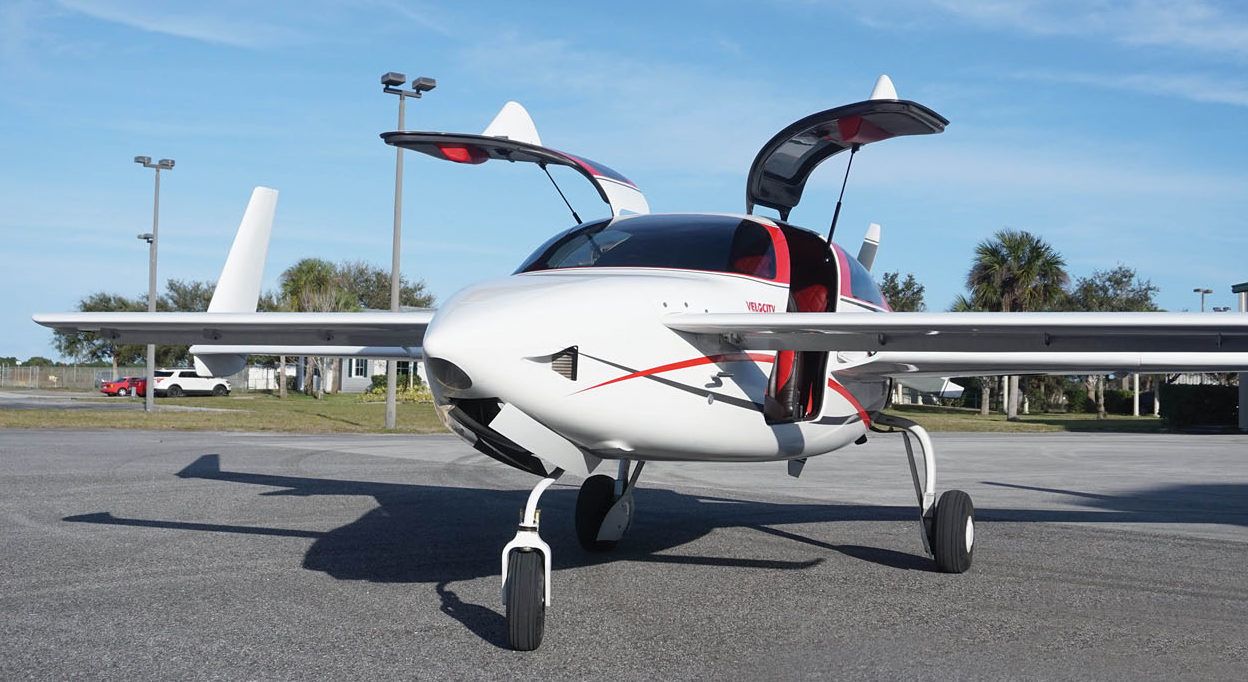 The ego is a marvelous and durable thing. Affix pilot to the word, however, and it morphs into something larger and potentially indestructible, thus many a builder has attempted first flight of a new airplane rather than letting a pilot expert in the type wring it out first. Hey, to be fair, it usually works out. But sometimes not.
The ego is a marvelous and durable thing. Affix pilot to the word, however, and it morphs into something larger and potentially indestructible, thus many a builder has attempted first flight of a new airplane rather than letting a pilot expert in the type wring it out first. Hey, to be fair, it usually works out. But sometimes not.
On the theory that training assures a better outcome, Velocity Aircraft—a kit manufacturer with antecedents to the mid-1980s—offers a two-day training program for its line of canard singles and twins. Given that there are about 700 Velocity examples of various ilks flying, the course is aimed not just at builders, but increasingly at buyers who might be purchasing from the original builder or even one that’s changed hands a few times over.
But seriously, do you really need to spend money on this, considering how effectively an airplane project can otherwise sop up every dime? To find out, I recently spent a day at Velocity’s home base in Sebastian, Florida, reviewing the course. I’ll give you the executive summary up front: The answer is yes. On the spectrum of airplane handling characteristics, the Velocity is north of challenging but maybe south of really weird. Training is a good idea.
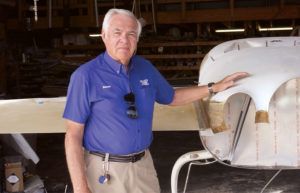
The History
The reason for that relates to the airplane’s developmental history. If you’re not familiar or never knew, you’d be forgiven for thinking that the Velocity is a Burt Rutan project. After all, with its prominent canard and swept wing, it looks like a scaled-up Long-EZ. While that’s a reasonably accurate description, it’s more accurate to say it was Rutan inspired, but he had nothing to do with the project.
In the mid-1980s, a Long-EZ builder named Danny Maher decided what the world really needed was a scaled-up version of the airplane with four seats. Using the expedient of simply lofting the Long-EZ’s lines with plumb bob data points and scaling up the dimensions, Maher did exactly that.
“But the main problem with trying to make a larger version of the Long-EZ was the canard,” says Velocity CEO Duane Swing, who took over the company from Maher in 1992. “The Long-EZ only had to support a pilot. The rear seat was on the CG so it didn’t make a difference on the weight. But the pilot was the main thing. He could be from about 150 pounds to 250,” Swing says.
But the Velocity was envisioned as a four-place airplane, with a much wider cabin and two pilots in the front seats. “So now you’ve got potentially two 250 pounders in the front seat, which really became a big problem,” Swing says.
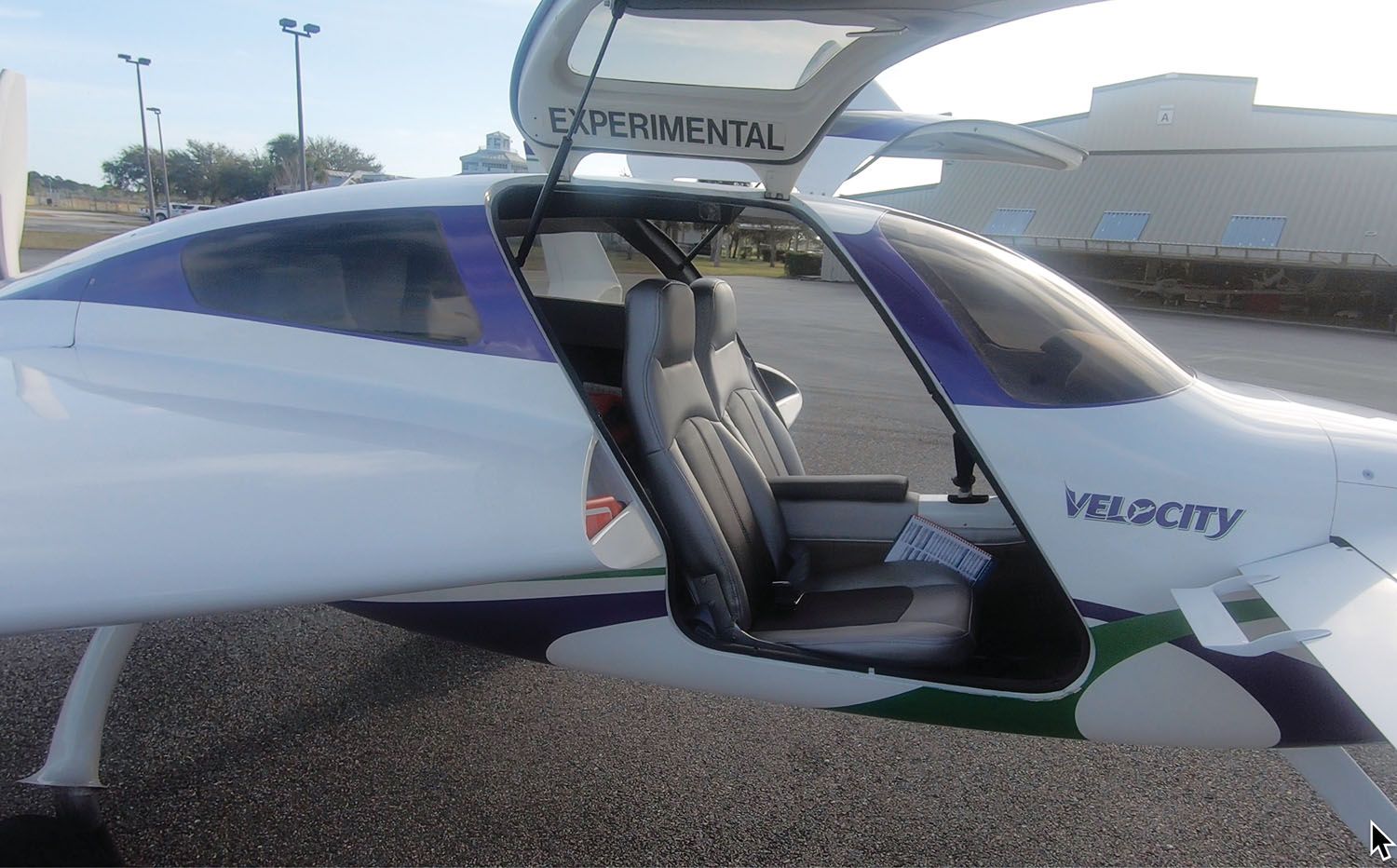
Maher noodled the problem with another Long-EZ builder who was a NASA engineer and after many iterations and wind tunnel trials, they settled on a larger canard with a Fowler flap for the elevator control surface. “It’s hinged down low so when it deflects down, it actually extends the chord of the canard.
“So that solved the problem of lifting two 250 pounders in the front seat of a Velocity,” Swing explains.
Were it so simple as that, however. The operative theory of canards is that with the pitch control at the front of the airplane, the flying surface can be set to stall first, so the main wing never reaches stall angle of attack.
But some airplanes, even those with conventional control surfaces, have a deep stall mode, although it may take effort to find it. Essentially, a deep stall is one where there’s insufficient pitch authority (or thrust) to get the wing back below the stall angle of attack.
Swing likes to tell the story that in early development, test pilot Carl Pascarell got the airplane into a deep stall from which he couldn’t recover. About to bail out, he realized the vertical speed was no faster than his parachute so he rode the airplane down into a splashdown in the Atlantic Ocean off St. Augustine. Being of foam, the airplane floated, so it was towed to shore, repaired and flown again. The pilot was uninjured.
The fix was leading edge cuffs that, in effect, extend the main wing chord and distance the main wing stall angle from the canard stall angle by 4 or 5°, with the canard giving up first. Swing says that change and the use of constant-speed props to provide more thrust has all but eliminated the deep stall risk. But the airplane retains a unique flight characteristic called the pitch buck and that gets us to training.
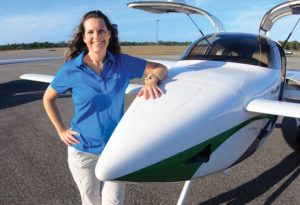
Two Days
Flight instructor Ingrid Meier, whose regular day job is driving airline 737s, conducts the Velocity school over two days. It costs $1900 and consists of five hours of ground work and five of flying, with a concentration on learning landings. And I would soon find out why.
A pilot who built his own Velocity won’t need the system discussion, but someone who bought one would clearly benefit from it. Not all airplanes are alike and a pilot unfamiliar with the type will gain some useful pointers. (About half the training attendees are buyers; half are builders.)
The company is likely to have airplanes on the hangar floor, so the student can—as I did—paw through the airframes to learn about the fuel system, the landing gear hardware and the engine compartment. And there are things about pushers that aren’t necessarily obvious, like the oil cooler being mounted in the nose of the airplane with hoses running aft through the cabin to the engine.
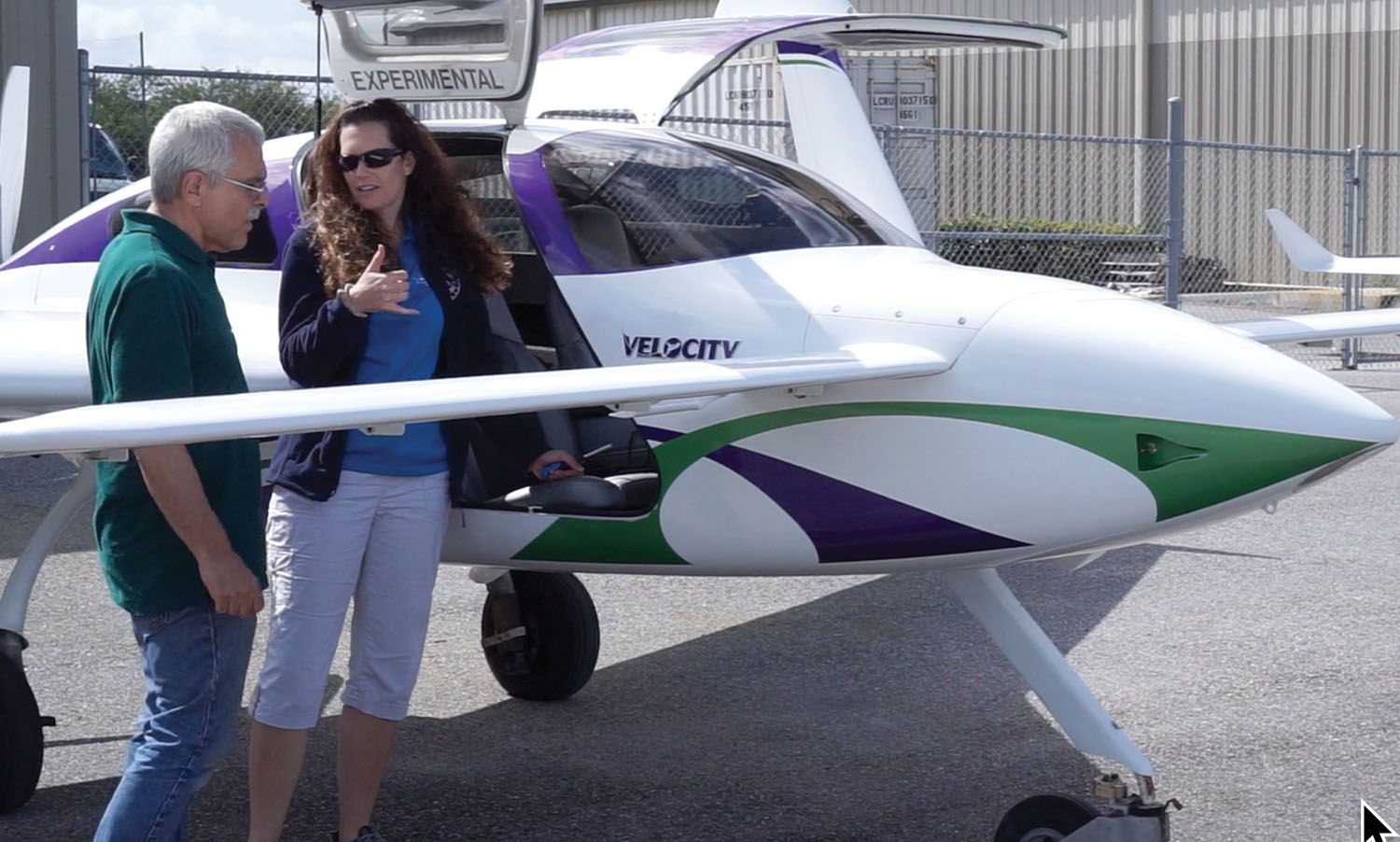
Meier says she advises pilots to uncowl the engine every 10 hours or so to see if anything has come loose. If it has, it’s likely to go through the prop, offering an expensive lesson to the tractor pilot who wouldn’t have thought of this, as I certainly would not have. Although I’ve flown pusher amphibs, I’d never flown one with the engine mounted at wing level, so another lesson: The tires can kick up FOD and that’ll go right into the prop, too, so watch where you’re taxiing.
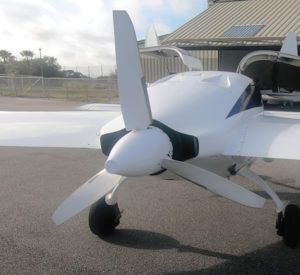
As noted in the sidebar below, Velocity currently offers three models of its kits, the SE, the XL and the twin-engine V-Twin. Retractable gear is an option in the two singles, but standard in the V-Twin. The company keeps a fixed-gear SE in the stable for training and demo rides. For training purposes, it has a gear switch with indicating lights.

Off the Flight Line
As Danny Maher intended, the most notable thing about the Velocity SE is how spacious the cabin is and how easy it is to get into. The sills are unobstructed so you can just back your butt in and swing in your legs to follow. The doors are gullwing style and out of the prop blast, so you can taxi with them open with a gale of pleasant airflow that’s a blessing on a hot Florida day.
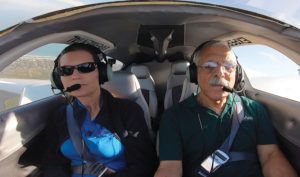
Velocity’s trainer SE is equipped with a Lycoming LIO-360—left turning prop—with one conventional magneto and one electronic ignition system. During ground school, Meier had reminded me that being a pusher, power changes tend to impart pitch moment—down when power is applied and up when it’s reduced. While I have noticed this in amphibs with high-mounted pusher engines, like the Searey, I did not notice it in the SE or if I did, I automatically compensated.
As it should, the training concentrates on what’s different about the Velocity compared to other aircraft. That’s some, but not a lot. One is that to set the trim, you can just look at the elevator angle relative to the fixed canard. Meier teaches the finger method, by imagining the finger space in the angle formed by the elevator and the canard: One finger of deflection for one person aboard, two for two people.
Prior to takeoff, Meier warned me that the SE’s center-console-mounted stick would impart a left roll on rotation because the pilot tends to pull a little to the left while tugging aft for pitch up. Forewarned of this and fully prepared, I did exactly that, demonstrating my utter ordinariness as a pilot.
Having seen Long-EZs dawdle on the takeoff run, I thought the SE would behave similarly, but it seemed to accelerate smartly to the 70-knot rotation speed and my unintended roll not withstanding, it unstuck predictably and settled into the climb. The canard doesn’t obstruct the forward view, but the glareshield does if you want to maintain a brisk climb rate.
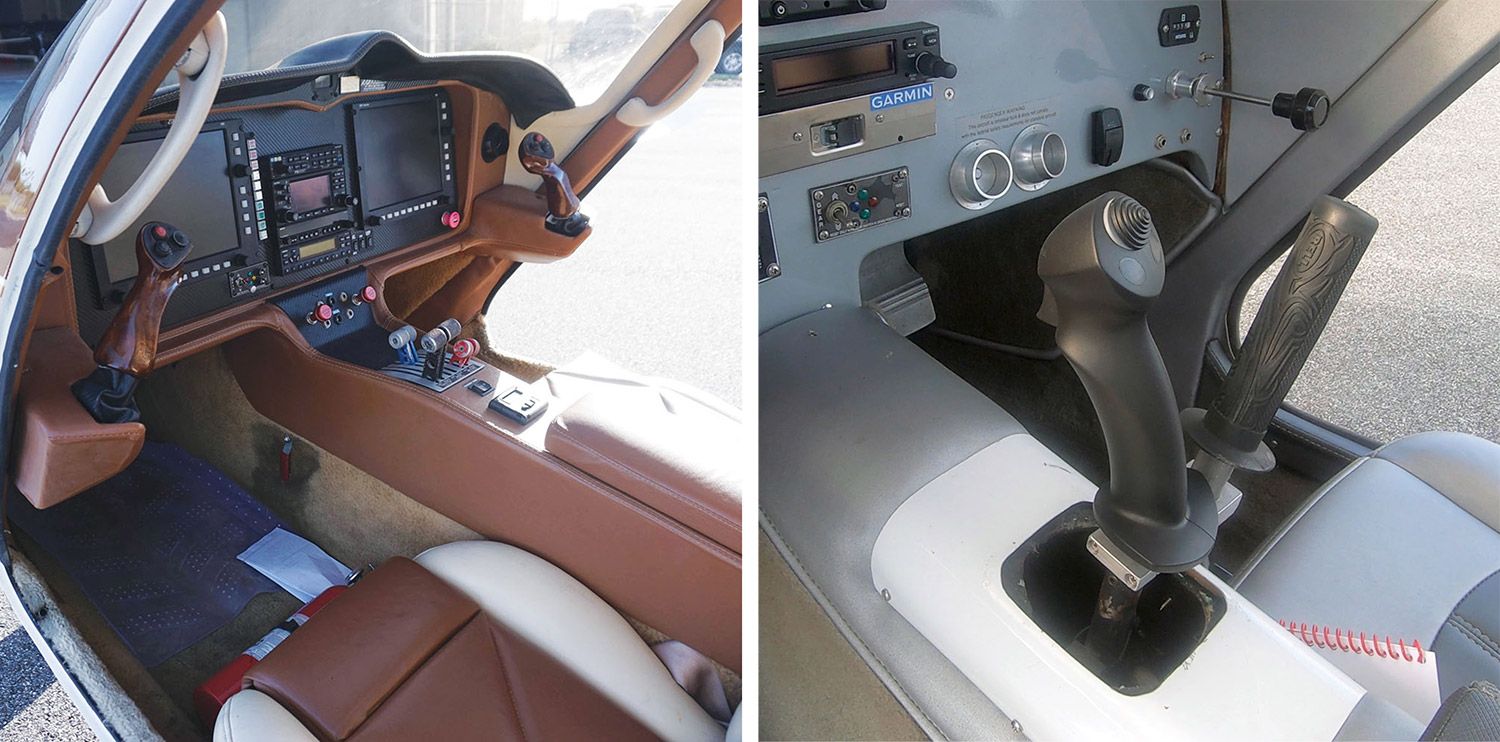
Yank and Bank
The Velocity feels generally conventional in flight. Pull back and the houses get smaller, push left and right and it rolls. However, about those rudders: They’re mounted vertically on the winglets, and those of us used to conventional rudders will find them a little odd. Any aircraft with a rudder will roll when input is applied, but it will yaw first and that speeds up the opposite wing and imparts the roll.
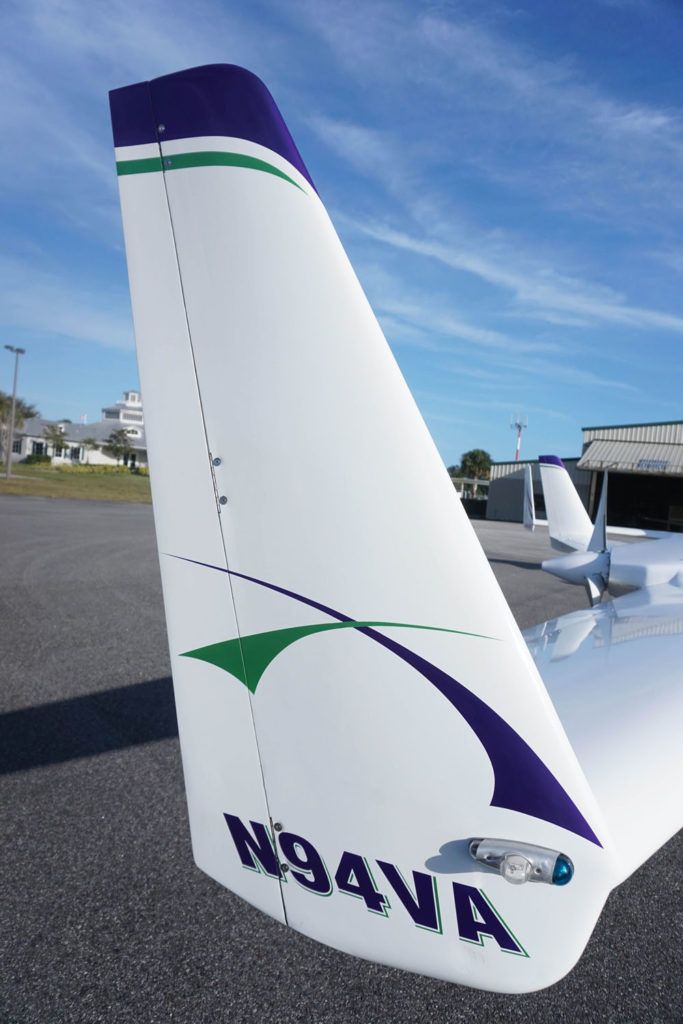
It doesn’t work that way in a Velocity. There’s little or no yaw, just the roll. With ailerons alone, the SE is stiff in roll. A little leading rudder cures that. “If you want to do a turn, you use rudder first, then coordinate with aileron and it comes around really nicely,” Meier told me, and so it does.
Stalls have little resemblance to an airplane with a conventional tail. “The stall is very benign, but you have what’s called a pitch buck,” Meier explained. This is more vigorous than violent, but you wouldn’t mistake it for turbulence. If you increase the pitch until the canard stalls, the nose drops through and resumes flying at the bottom of the arc and it will repeat this until the pitch command is relaxed. As noted, applying rudder would just impart roll, not yaw, and since the main wing isn’t stalled, I don’t see how roll-yaw coupling would ignite a spin. I didn’t try and Swing says they’ve tried, but couldn’t get the airplanes to spin.
Stall speed is about 62 knots and the onset of pitch buck is a bit below that. Swing told me if you timed the oscillations carefully, you might get the main wing to stall, but it would be a wild ride getting there.
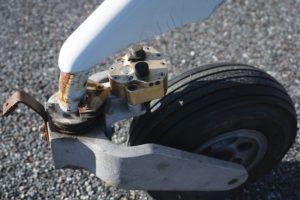
Land This Thing
All of this was in preparation for the main event: learning to land a Velocity. Sounds simple. Isn’t. Until you learn how to do and then it’s “what’s the problem?”
“One of the biggest things I find is that people want to start flaring at 50 feet or so. I have to get them out of that habit. It’s essentially flying the airplane onto the ground. It’s a very flat attitude, I don’t even say flare. I say round out,” Meier told me.
OK, got that part. But I’ve been flying little but taildraggers for the past 10 years, and Meier was about to ask me to do an unnatural act: land in a crosswind while crabbed. And there was enough crosswind to require about a 20˚crab.
Old muscle memory dies hard and I had difficulty doing the mind over matter required to land the thing in a crab. Further, the fly-it-on flat attitude requires quite a bit of hand-eye finesse. When the mains touch, the nose wants to come down right now, and you’ll need quick and delicate reactions to avoid the slam.
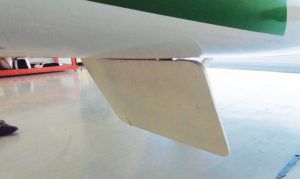
“I tell people that to fly a Velocity, it’s two landings. You want to land the mains and then the finesse part, when you get practice, is to land the nose,” Meier politely informed me before I cratered the first landing. They got better, but the first one must have stressed the nosewheel tube because it went flat on the last landing.
The essential skill is to fly what feels like a ballistic trajectory to the runway. It’s not really that fast; 70 knots over the numbers is only 5 knots faster than an RV might fly. But it’s a flat, even approach angle that takes getting used to.
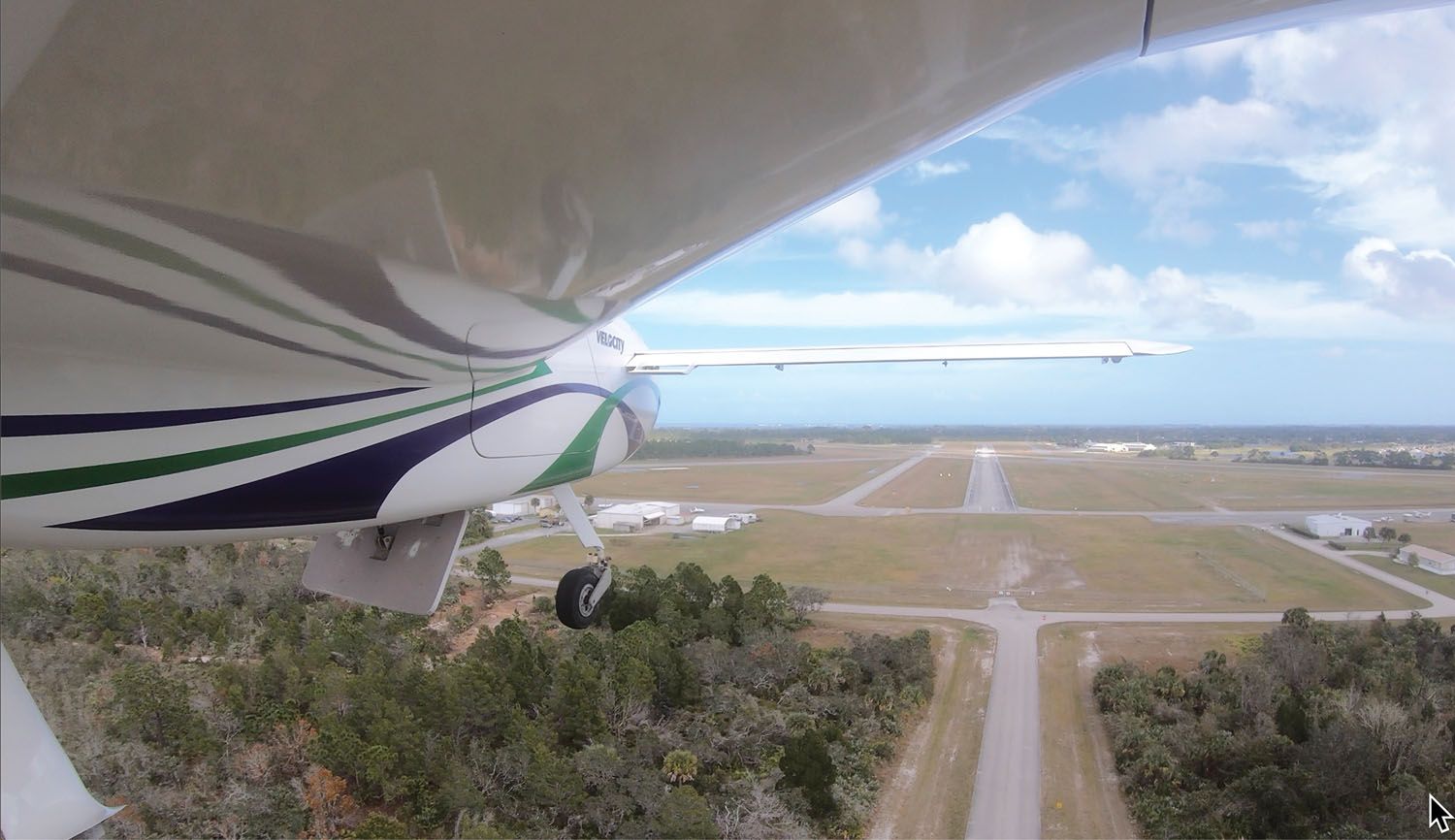
flat when compared to other aircraft and the speed is held almost to the runway. Velocity’s Ingrid Meier suggests there’s no real flare, but rather a hint of a round out. Unnervingly for taildragger pilots, the airplane is landed in a crab in a crosswind.
I suspect any pilot of average competence could take off in this airplane and get it back on the ground in one piece. But the airplane would probably suffer hellish abuse while you figured out how to do it right, further proving an axiom I learned more years ago than I’m willing to admit: This training stuff really works.

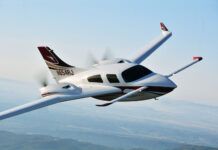
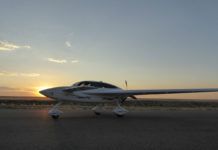
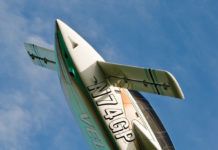
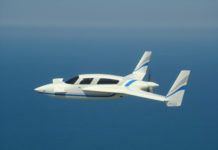
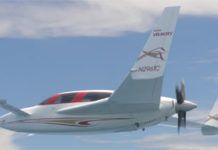
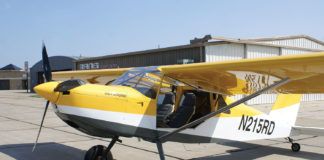
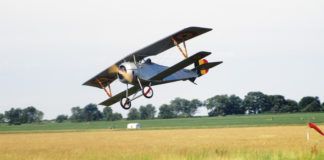
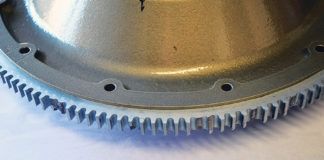
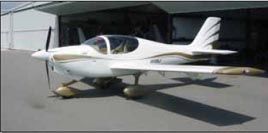
Thanks for this mouth-watering report in my dream plane. Looks fantastic!
This explains everything you need to know, yes its worth a $2k training course all about your plane! Great article, thanks so much looking forward to my XL build in the 2030’s as a retirement goal 🙂